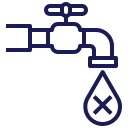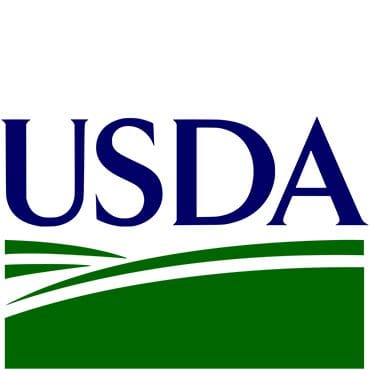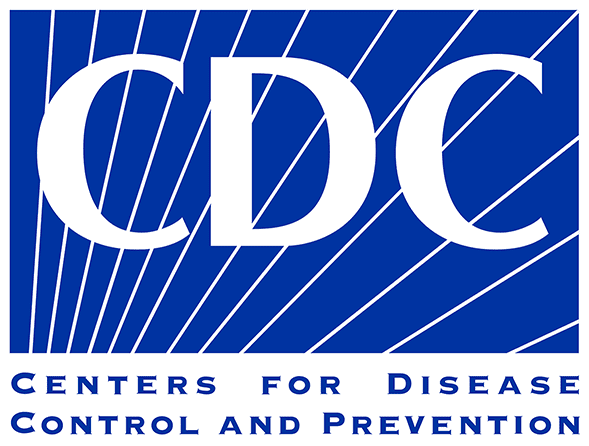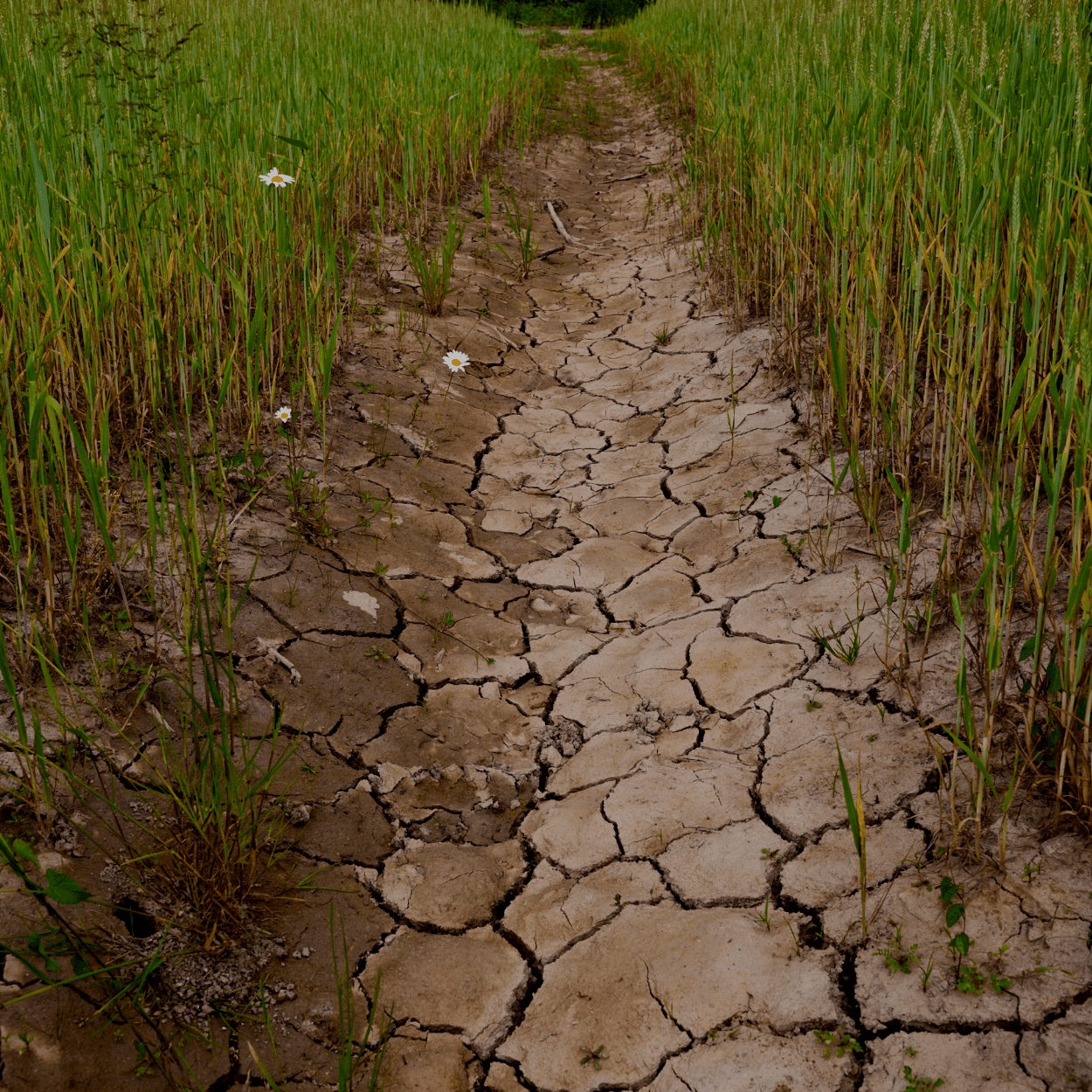A drought occurs when the state experiences a prolonged period of dryness, which reduces water levels. Droughts can put the health and safety of the public at risk, and increase the chances of disasters such as wildfires, flash floods, and landslides.
The severity of drought depends on several factors: duration, intensity, geographic extent, and water supply demands.
Wisconsin is most vulnerable to agricultural drought. As of 2022, the state had approximately 14.2 million acres of farmland on 64,100 farms.
Drought may occur simultaneously with extreme heat. Ongoing drought conditions will place a strain on human health. It could lead to food insecurity resulting from crop failures or market demands driving up food costs, and respiratory distress from dust, pollen, and airborne particulates. Residents depending on groundwater for drinking water may notice water with different tastes or odors due to changes in water chemistry.
drought types

METEOROLOGICAL DROUGHT
The degree of dryness, expressed as a departure of actual precipitation from the expected average precipitation amount, based on monthly, seasonal, or annual time scales.

HYDROLOGICAL DROUGHT
Effects of precipitation shortfalls on stream flows, reservoir, lake, and groundwater levels.

AGRICULTURAL DROUGHT
Soil moisture deficiencies relative to water demands of crops.

SOCIOECONOMIC DROUGHT
Shortage of water due to the demand for water exceeding the supply.
Drought Categories
Going into drought there is short-term dryness slowing planting and growth of crops or pastures. Coming out of drought there may be some lingering water deficits, while pastures or crops have not fully recovered
Some damage to crops and pastures. Streams, reservoirs, or wells may be low, with some water shortages developing or imminent. Voluntary water-use restrictions are requested
Crop or pasture losses are likely. Water shortages are common and water restrictions are imposed.
Major crop and pasture losses. There are also widespread water shortages or restrictions.
There are exceptional and widespread crop and pasture losses. There are water shortages creating water emergencies.
Drought impacts
Drought can reduce the water availability and quality necessary for productive farms, ranches, and grazing lands. It can also contribute to insect outbreaks, increases in wildfire, and altered rates of carbon, nutrient, and water cycling – impacting agricultural production and critical ecosystem services.
Some damage to crops and pastures. Streams, reservoirs, or wells may be low, with some water shortages developing or imminent. Voluntary water-use restrictions are requested
Drought can be a contributing factor to wildfires. Dry, hot, and windy weather, combined with dried out vegetation, can increase the probability of large-scale wildfires.
Drought can cause significant human health outcomes, including decreased water quantity and quality, increased incidence of illness and disease, adverse mental health outcomes as livelihoods are challenged and overall, increased mortality rates.
Drought can alter or degrade critical functions of healthy ecosystems, including reduced plant growth, reduction or extinction of local species, and landscape-level transitions (such as a forest being replaced by a grassland).
During drought, decreased water levels, warmer temperatures, and soil runoff can lead to algal growth, lower dissolved oxygen levels, and increased turbidity, posing health risks for human and aquatic life.
additional resources
U.S. Drought Monitor

Wisconsin Department of Agriculture,
Trade and Consumer Protection: Drought Resources

Wisconsin Department of Health Services – Drought and Your Health:

Wisconsin Department of Natural Resources – Water Conservation and Efficiency:

Wisconsin Department of Natural Resources – Groundwater Levels and Aquifer Response:

USDA Drought Programs:

CDC Drought Preparedness Guide:

National Integrated Drought Information System:

National Oceanic and Atmospheric Administration/ National Weather Service: Understand Drought and Know How to Respond








